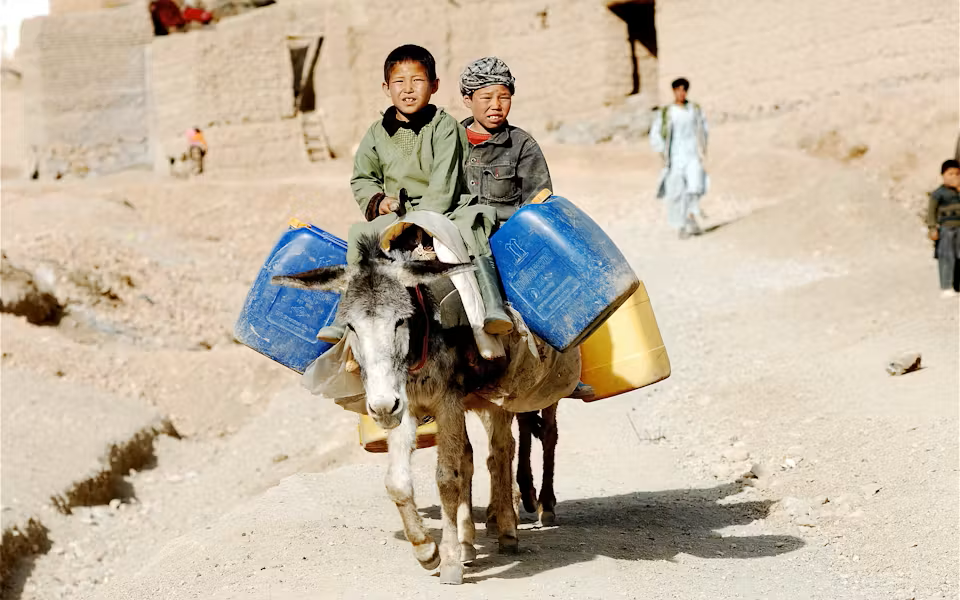
Every evening, Abdullah Achakzai, director of the Environmental Volunteer Network (EVN), encounters the same grim reality as he returns home from work in Kabul. Queues of people, mostly children, wait for hours to collect water from private tankers. With piped water in short supply, many Afghans rely on these tankers to meet basic household needs.
In recent years, the number of people waiting in line has grown steadily, says Achakzai. “The situation is worse compared to last year,” he told Dialogue Earth. “We anticipate the coming years will be even more critical, with underground water levels continuing to decline.”
Most Afghan households rely on personal wells for drinking, cooking and agriculture. According to an August 2024 report by the National Statistics Directorate, there are approximately 310,000 drilled wells across the country.
But Achakzai explains that an EVN survey conducted in July shared with Dialogue Earth found that the drought has made these wells less reliable. “Wells drilled in previous years to a depth of 200m are now running dry, forcing many residents, particularly those in high-rise buildings, to drill wells as deep as 300m or more to access water,” he said.